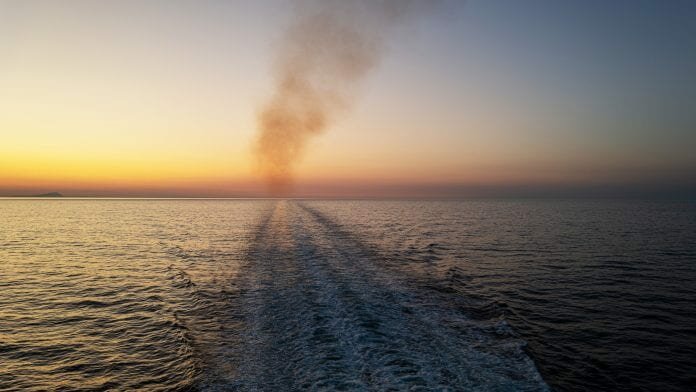
The International Maritime Organization’s (IMO) new cap on emissions, which restricts the sulphur content of marine fuel to 0.5%, is now in effect.
The IMO’s sulphur cap came into force worldwide on 1 January 2020, reducing the maximum allowable sulphur content of shipping fuels from the previous level of 3.5%. Certain vulnerable ecosystems, including the Baltic and North Seas, are already designated as Sulphur Oxides Emissions Control Areas, wherein the maximum permitted sulphur content for ships is 0.1%. Emissions Control Areas, which were introduced in 2015, have seen concentrations of sulphur dioxide fall by more than half since their inception; with minimal impact on local shipping economies.
Commissioner for Transport Adina Vălean said: “Maritime transport is a global business; and reducing its emissions requires global solutions. The entry into force of the global sulphur cap is an important milestone for the entire maritime sector; it will contribute to further reduce emissions of harmful air pollutants, directly benefiting cities and communities around the globe, including important ones on our Southern European shores. It also shows that concerted effort from the EU and the IMO, together with strong commitment from the industry, can deliver important benefits to the environment and the health of our citizens.”
The IMO has pledged to reduce the greenhouse gas emissions produced by the global shipping industry – which is currently responsible for between 2% and 3% of the world’s CO2 emissions – by 50% from 2018 levels by 2050. The European Green Deal, which lays out the EU’s long term strategy for mitigating climate change and protecting the environment across all major sectors, contains provisions for reducing the overall environmental impact of shipping.
Virginijus Sinkevičius, Commissioner for the Environment, Oceans and Fisheries, said: “The European Green Deal is set to deliver on a zero-pollution ambition for both climate neutrality and a [toxicity]-free environment. This EU ambition protects our citizens’ wellbeing, but also ensures healthy and clean environments, seas and oceans within a carbon-free and sustainable blue economy where all sides jointly engage, including maritime transport. We welcome low sulphur standards globally and in Emission Control Areas so that more EU coastal citizens can breathe clean air.”


















